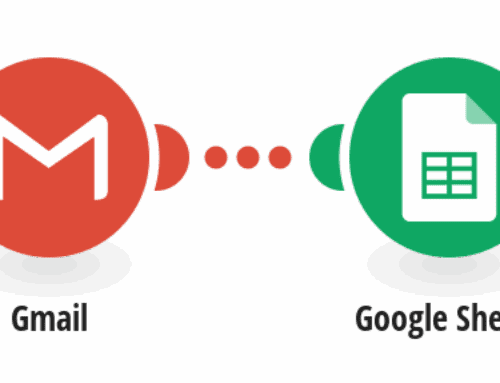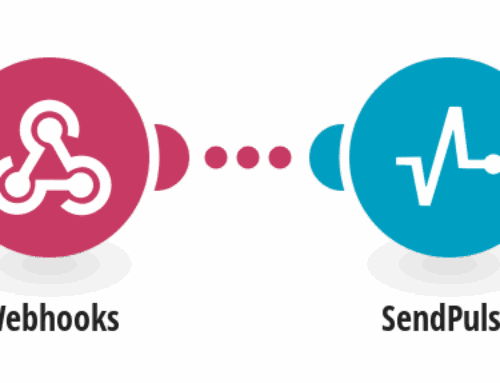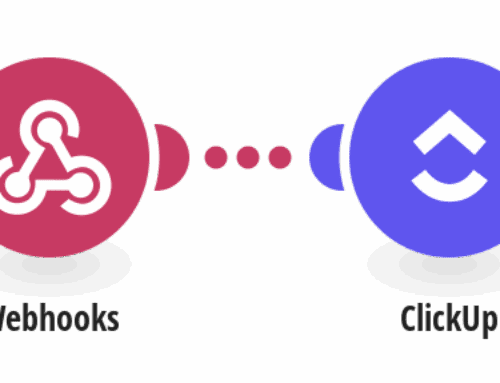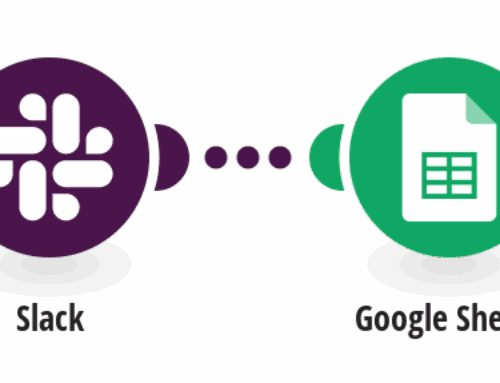How to Export Firestore Documents to Google Sheets Effortlessly
Understanding the Basics of Firestore and Google Sheets
What is Firestore?
Firestore, a scalable and flexible NoSQL database from Google, provides powerful tools for building serverless applications. Unlike traditional databases, Firestore allows developers to store and synchronize data seamlessly across platforms. It’s particularly known for its real-time capabilities that enable users to access updated data as it changes.
Think of Firestore as a well-organized filing cabinet, where each drawer represents a collection of related documents. These documents not only contain data but also enable intricate querying and real-time updates. Whether you’re building an app from scratch or enhancing existing functionalities, Firestore offers unparalleled ease and efficiency in managing application data.
Why Use Google Sheets?
Google Sheets is more than just a spreadsheet tool; it’s a dynamic platform that supports collaborative work in real time. Popular for its cloud-based nature, Google Sheets allows users to access their data anywhere, anytime, with just an internet connection. It’s like having a digital ledger that automatically saves changes and enables teamwork without the hassle of sending back-and-forth emails.
Besides its accessibility, Google Sheets shines with its integration capabilities. It can connect with various apps and services, making it a versatile choice for businesses. Whether you’re analyzing customer data or tracking project progress, the intuitive interface and extensive formula library empower users to transform raw data into insightful information easily.
The Need to Export Data
Challenges with Data Portability
As businesses grow, so do their data requirements, and often, this entails moving data between different platforms. Data portability, however, poses several challenges, including compatibility issues and potential data loss. Imagine trying to fit a square peg in a round hole; that’s how tricky exporting data can feel without the right tools and processes in place.
Moreover, the complexity of transferring data without compromising its integrity increases as the volume of data grows. Ensuring that all data is accurately exported and remains accessible is crucial, especially when dealing with sensitive business information. Proper data export procedures safeguard against such pitfalls, making them indispensable for efficient data management.
Benefits of Exporting Firestore Data to Google Sheets
Transferring Firestore documents to Google Sheets offers numerous benefits. First, it centralizes data, providing users with a bird’s-eye view of crucial information on an easily navigable platform. It’s akin to organizing scattered puzzle pieces into a coherent picture, allowing for a more holistic understanding of data trends and patterns.
Secondly, once your data resides within Google Sheets, leveraging its analytical tools becomes straightforward. From creating pivot tables to generating charts, the possibilities for data manipulation are endless. Consequently, this not only enhances decision-making processes but also facilitates collaboration among team members who can access and analyze shared data effortlessly.
Step-by-Step Guide to Exporting Firestore to Google Sheets
Setting Up Your Environment
Before you begin exporting data, ensuring that you have the correct setup is essential. Start by verifying that your Firestore database is properly configured with the necessary permissions. This process is similar to laying a solid foundation before building a house, as it guarantees seamless data transfer without interruptions.
Next, ensure that you have a Google account with access to Google Sheets. You’ll need to create or choose an existing spreadsheet where the Firestore data will be exported. Think of this step as preparing the canvas for a painting—having everything ready ensures a smooth and efficient creative process.
Using Integration Tools for Export
Integration tools like Make (formerly Integromat) simplify the process by automating the data transfer between Firestore and Google Sheets. These tools act as intermediaries that bridge the gap, much like a translator converting one language to another. With user-friendly interfaces, they allow you to set up workflows that handle the data export with minimal manual intervention.
By setting parameters and configuring triggers within these tools, you can ensure that data is exported automatically whenever changes occur in Firestore. This automation removes the tediousness of manual data entry, reducing errors and saving time. The end result? A streamlined process that lets you focus on what truly matters: analyzing and utilizing your data.
Ensuring Data Accuracy
Validating Exported Data
Once your data is exported to Google Sheets, the next crucial step is validation. Think of data validation as a quality check, ensuring every piece of information is where it should be. This process includes cross-referencing data points between Firestore and Google Sheets to catch discrepancies early.
Having accurate data not only aids in making informed decisions but also boosts confidence among stakeholders relying on this information. Practicing regular data validation acts as a safety net, keeping potential missteps at bay and maintaining the overall health of your data ecosystem.
Updating Data Regularly
After successfully exporting and validating your data, keep a routine of updating it regularly. Data is like a living entity, constantly changing and evolving. Regular updates ensure that you always work with the most current and relevant information, providing valuable insights based on the freshest data available.
Utilizing automated tools to schedule regular updates can cement this process, making it less labor-intensive. This ensures that the data within your Google Sheets remains a true reflection of your current business landscape, assisting in strategic planning and day-to-day operations.
Conclusion
Exporting Firestore documents to Google Sheets doesn’t have to be a daunting task. By understanding the fundamentals, setting up the right environment, and leveraging powerful integration tools, you can transform this challenge into a manageable, even enjoyable, part of your data management routine. Remember, the key lies in automating processes where possible and maintaining a vigilant eye on data accuracy to harness its full potential for your business.
Frequently Asked Questions
1. Can I automate the export process from Firestore to Google Sheets?
Yes, you can use integration tools like Make to automate the export process, ensuring seamless and timely data transfer with minimal manual effort.
2. Is there a limit to the amount of data I can export?
While Google Sheets has its own limitations concerning data volume, most integration tools can handle substantial amounts of data efficiently. Always check the specifics of the tool you’re using for any constraints.
3. Do I need technical expertise to set up the export process?
Basic knowledge of Firestore and Google Sheets is beneficial, but many integration tools offer user-friendly interfaces that simplify the process for users of all skill levels.
4. How often should I update my exported data?
The frequency of updates depends on how quickly your data changes. For most businesses, regular updates align with reporting cycles or weekly analytics checks.
5. What happens if there is an error during data export?
If an error occurs, most integration tools provide logs or alerts to help identify and rectify the issue promptly, ensuring minimal disruption to your data workflow.








